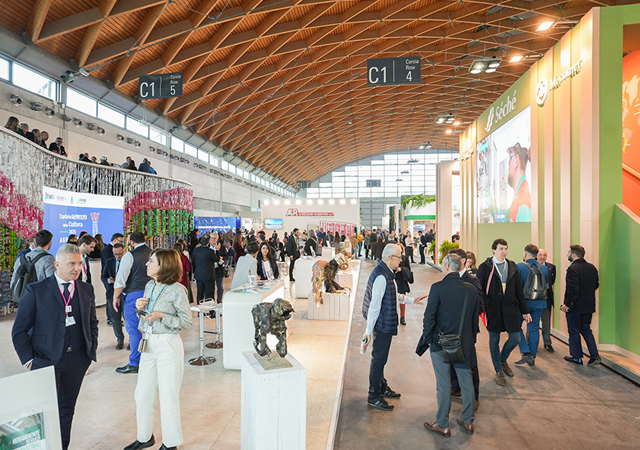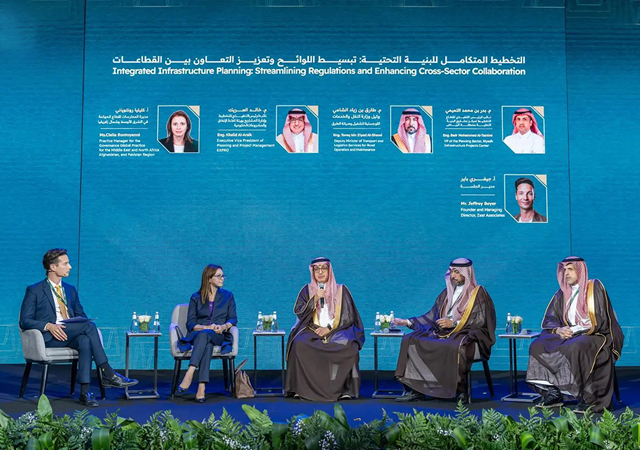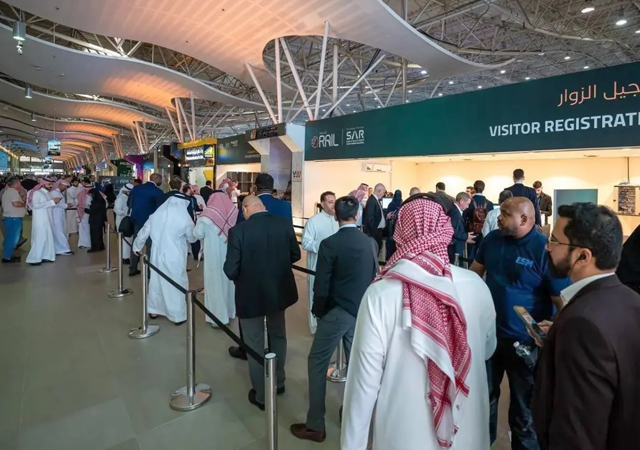 Cassina’s luxury range ... at the designers hub.
Cassina’s luxury range ... at the designers hub.
Art and design are now at the forefront in the construction arena in the Middle East even as the region turns a corner in its frenetic building activity.
Design as a tool for shaping living environments is now recognised as a crucial factor in enhancing the urban experience. As with everything in the region, Dubai takes the lead.
“Design is now an integral part of how we lead our lives, whether it is the buildings we live in, the cities we work in or the cars we drive. Design is now a new force in the development of companies and nations. We need to harness it, understand it and grow it,” said Sheikh Hamdan bin Mohammed bin Rashid Al Maktoum, chairman of Executive Council of Dubai and patron of the three-day International Design Forum, 2007, which was held in Dubai in May.
This year, with the support of the Design Advisory Board, Moutamarat created the International Design Initiative (IDI) as a platform through which to promote the exchange of ideas between Arab and International designers. The IDI brought together a host of design heavyweights from across the globe to take part in the region’s first annual International Design Forum (IDF).
Moutamarat – a joint venture between Tatweer, a Dubai Holding Company, and Saudi Research and Publishing Company – is a high-profile pan-Arab business initiative seeking to create business knowledge for the Arab world.
Design industry leaders and experts at the forum agreed that design plays an integral role in the economic development of nations and emphasised the need to create a solid integrated platform, paving the way for Dubai to become the region’s design capital.
Design rules
The event’s platinum sponsor was Omniyat, a part of the Dubai-based conglomerate Almasa Holdings. Omniyat has carved itself a reputation as a forward thinking real estate developer of next-generation, intelligent, service-oriented working and living spaces. The company is a leading example of the trend towards ‘design dominating construction’ in the region. Its philosophy is anchored on the creative use of the latest technology and service concepts to measurably enhance quality of life for the inhabitants of its buildings, whether a home or a work place.
An example of that is the company’s use of the Oyster concept for office design developed by Omniyat’s inhouse team. Oyster is an acronym for Offices Yielding Superior Targets through Efficiency and Relaxation. Buildings based on this unique concept focus on the integration of state-of-the-art lifestyle elements combined with technologically-advanced working environments, allowing people to escape the rigours of the office in set up ‘relaxation zones’, which ultimately aid employee relaxation, productivity and efficiency. All of the Omniyat Properties developments are infused with state-of-the-art technology – technology that optimises manpower and minimises wastage. Voice over Internet Telephony (VoIP), radio frequency, identification and biometric access, intelligent lighting and energy management systems are a few examples of this technology that will allow for an efficient, secure and high-tech work environment. The technology is integrated in each project from design through to completion, which allows for its efficient upgrade and ensures that all properties always stay the cutting edge by offering the latest as soon as it becomes available. Since its inception a little over a year ago, Omniyat Property has successfully launched and sold four commercial towers and one residential project with a value of over $733 million, a figure which is set to rise to $2.75 billion by the end of this year. This speaks of the success of its approach towards creating buildings which value design all the way.
Office furniture
In the furnishing sector where numerous franchises and furniture and accessories brand names are being rolled out across the emirates, office furniture is acquiring serious attention. Exhibitions such as the recently-concluded Office show highlight the importance of both good space planning and the growing significance of ergonomics in the workplace puts the accent clearly on well-designed office spaces with an emphasis on designer furniture that respects both form and function.
One of the players pushing forward the cause of high-end design furniture is Al Shamsi Enterprises’ designers hub. Founded in 2004, the designers hub was initially established as an office furniture company with one famous brand Knoll-USA. It has since evolved to become a lifestyle company for furniture and interior design.
designers hub has strengthened its product portfolio and now represents a number of exclusive and prestigious furniture brands such as Republic of Fritz Hansen (Denmark), Cassina and Edra (both of Italy), Thonet and Hacker Kitchen (both of Germany) and Grupo Permasa (Spain).
This year, designers hub will begin a rollout of offices/dealers in at least 10 key markets in the Middle East. From Dubai, Al Shamsi will take its furniture lines to Abu Dhabi, then beyond the UAE to Kuwait, Qatar, Bahrain, Oman, Iraq, Jordan, Egypt, Lebanon and Saudi Arabia.
“Our company has grown consistently over the last few years. Last year, we registered a quantum leap of around 40 per cent in our turnover,” says Khalid Mohammed Al Shamsi, owner, designers hub. “Design awareness is growing rapidly in the Middle East and we can see this reflected in the greater demand for internationally-reputed design brands such as Knoll. Whereas previously we had to introduce the brand to clients, now they come asking for it by name,” This year has been good for designers hub even as they have bagged the Dh45million ($12.26 million) contract to design and fit-out the new Emirates airline’s offices. “The space planning was done in conjunction with the Emirates’ in-house design team and involves using Knoll workstations that enhance efficacious working,” says Shamsi.
Hotel design
Even before the design revolution began in the office terrain, it was being used as a differentiator in hotels. Here too, good interior design will continue to push the envelope as even more hotels are slated to rise in the near future.
According to Abdul Manan, executive media relations, Dubai Tourism and Commerce Marketing (DTCM), nearly 10,306 hotel rooms are expected to take shape in Dubai during this year.
“With the city all geared to welcome over 15 million tourists by 2015, over 500 hotels will rise on the horizon to cater to this future influx,” he says.
In view of this, it is inevitable that the race to ensure consumer loyalty and a greater holiday experience will be enhanced only through the use of design. Hence, using design as a differentiator has assumed serious proportions in the hotel industry. More and more high-profile designers flock to the city to exploit the myriad opportunities the frenetic expansion of the city offers to them. These include the whole gamut of design houses, product designers and Interior and space consultants.
At the recently-concluded Hotel Show, Depa showcased the ‘Room of the Future’ where the internationally-renowned futurist designer Karim Rashid’s concept hotel room went on display.
The ‘Room of the Future’ is to form part of the Depa Signature Collection, consisting of 14 individually designed five-star hotel rooms.
Rashid, along with other world-class designers who specialise in five-star hotel design, was commissioned by Depa to create a collection of unique interior designs. Previewing Rashid’s creation is a precursor to Depa’s plans for a series of permanent showrooms throughout the region. The showrooms will display a total of 25 rooms, 11 of which are already implemented projects, with the remaining 14 belonging to the ‘Depa Signature Collection’.
Says Depa room general manager: “Rather than take investors to numerous hotels in different locations, strategically-located showrooms can provide a comprehensive overview under one roof. Our plans are well advanced, our showroom in Cairo will open soon, Dubai will be operational by the end of this and five more are planned to open during 2008.”
Other designers and architects whose concept rooms will be featured in the new Depa showrooms include Kwan Chu Architects (KCA), Marco Piva, Dubai-based LW Design, Selvaggio by Rampazzi, BBG/BBGM New York, designers Chhada Siembieda from Australia, Vincenzo de Cotiis Fashion design from Italy and Ministry of Design from Singapore. Should investors or developers be inspired by one of the rooms in the Depa Signature Collection, they are free to contact the designer concerned to discuss the specific parameters of their project.
“In an age when clients and, more importantly, their budgets dictate the final design, unique concepts are often diluted. Depa took a pioneering approach by giving these designers a blank canvass with no restrictions about space, budget, materials or style. Visitors to the show will see first hand the amazing creativity that is possible when these ‘artists’ are allowed to let their imagination run riot,” says Fulvia.
“The UAE is like a candy-shop for designers,” confesses Beau McClellan, a lighting designer and winner of Four Red Dot awards for world-renowned lighting company Brumberg. “The potential designers have towards exploiting the many opportunities that exist in the region are boundless,” he says. His appearance in the city coincided with the Light Middle East exhibition which saw his stand exhibiting a larger-than-life chandelier that demonstrated not only Beau’s prowess as a designer but also spoke for the LED revolution that the lighting industry is undergoing.



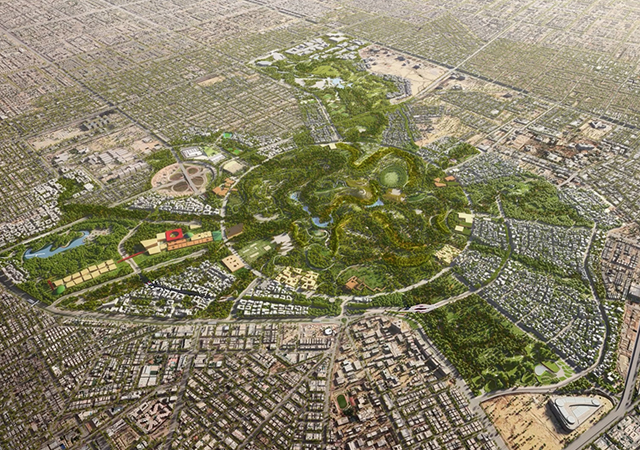
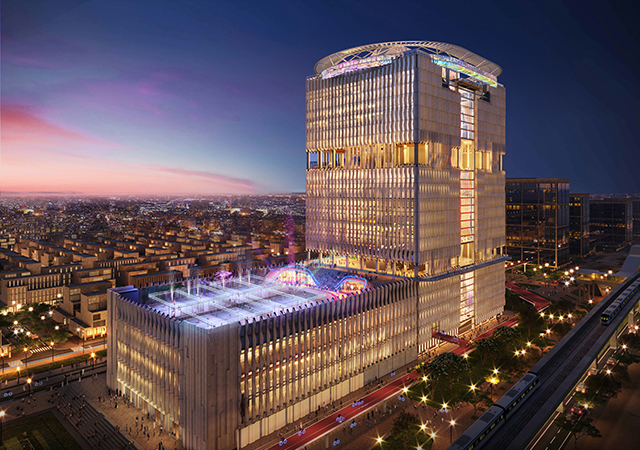
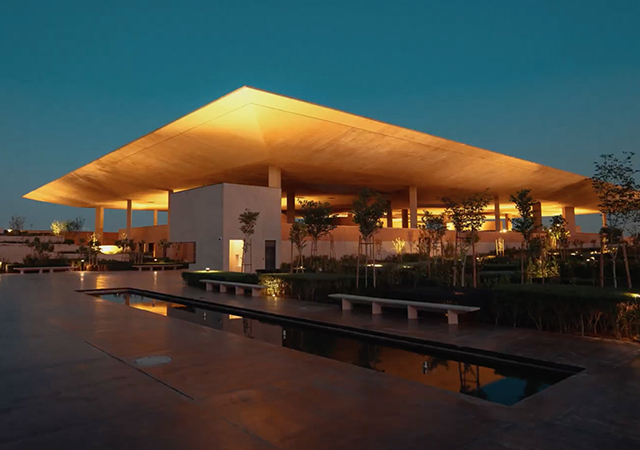
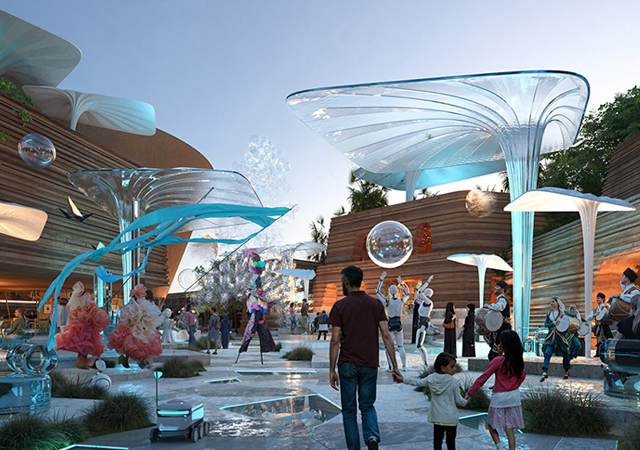

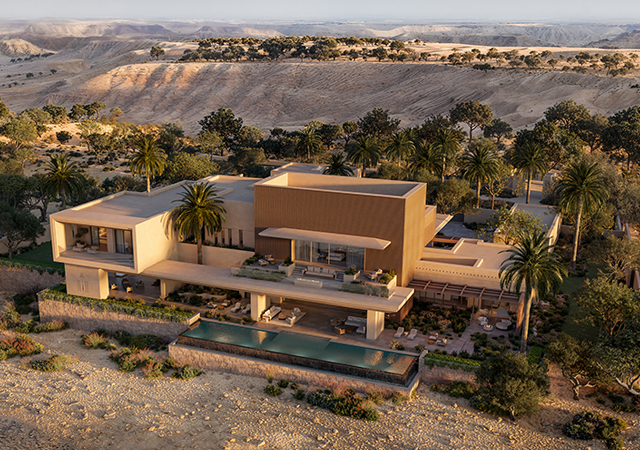
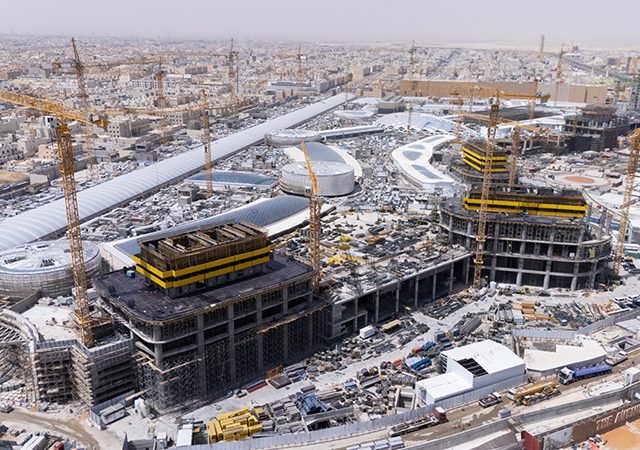
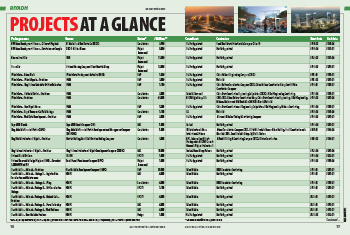
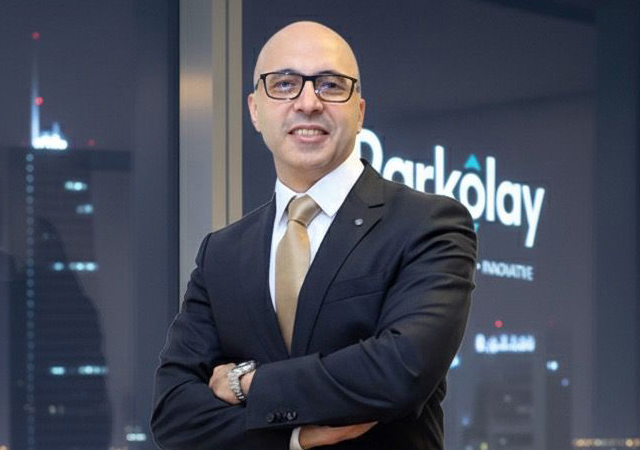


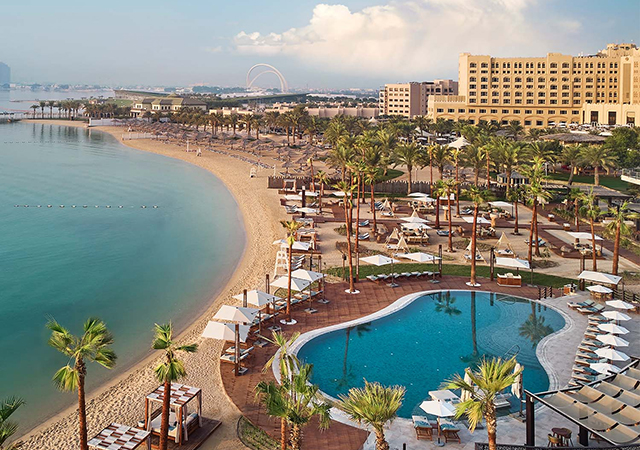
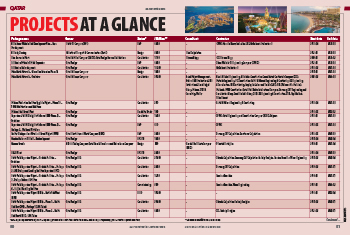
.jpg)
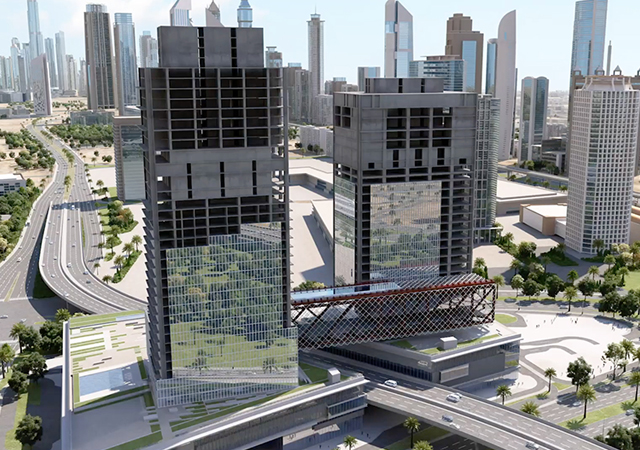
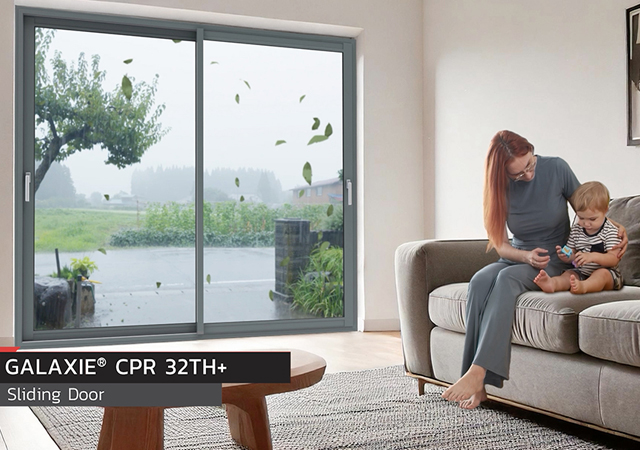
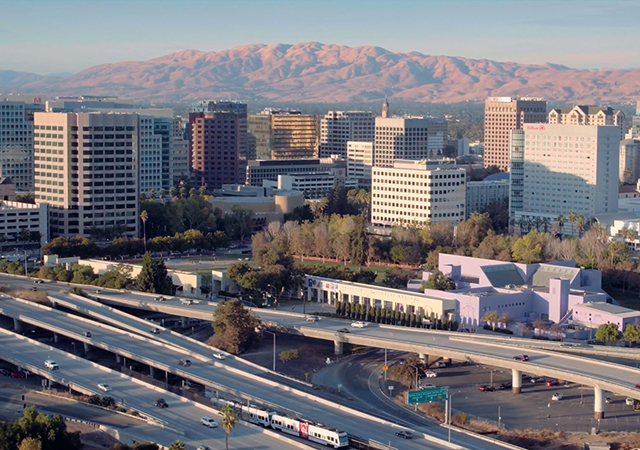
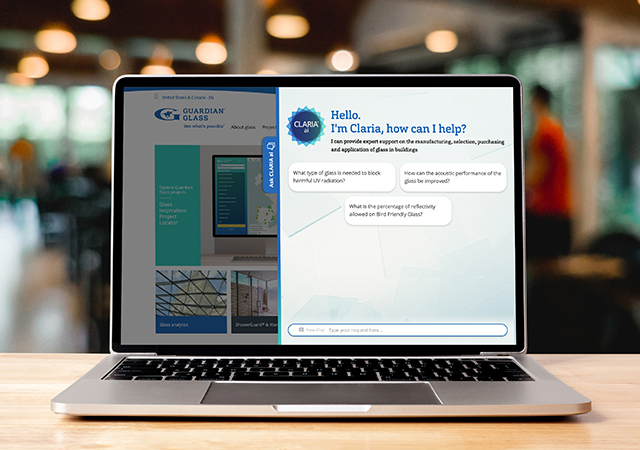

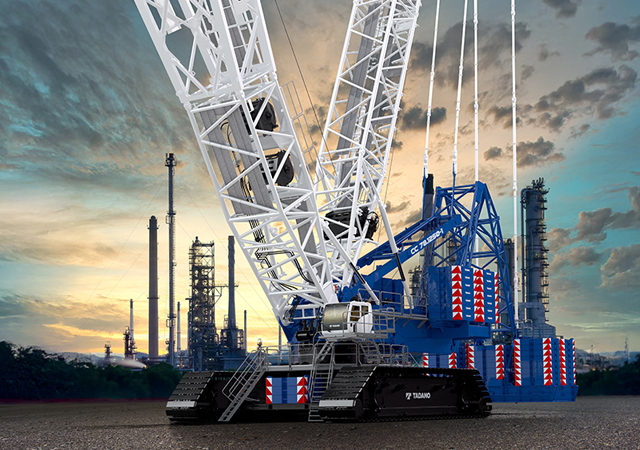
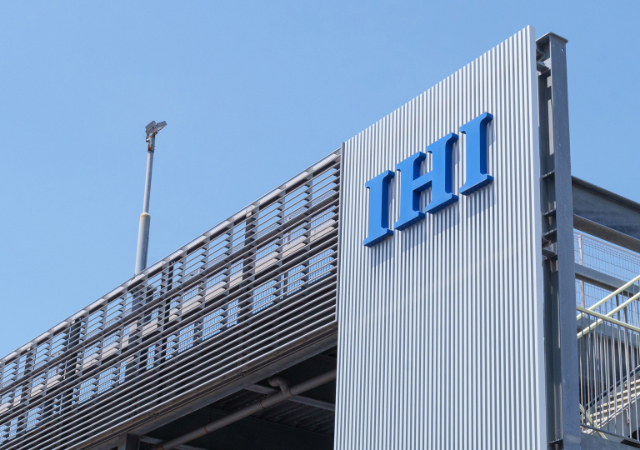

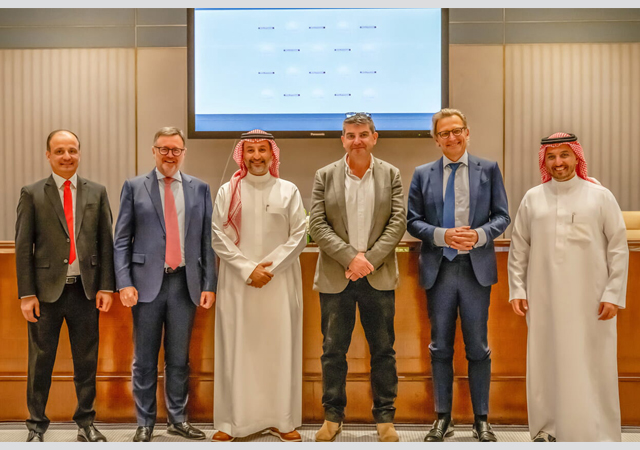

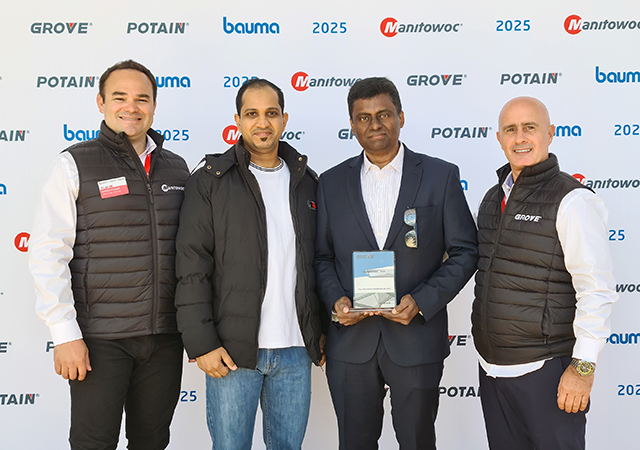
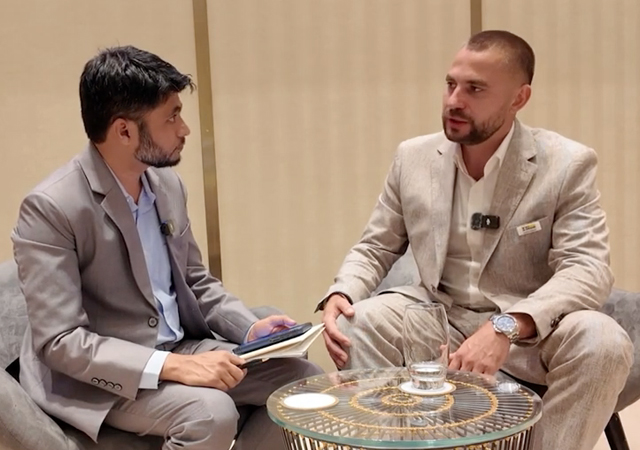
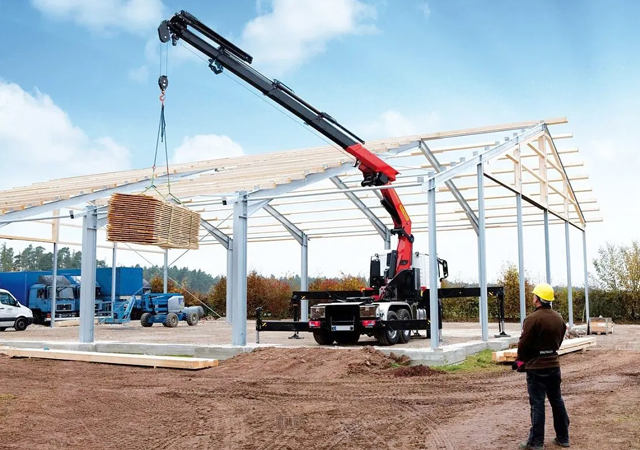
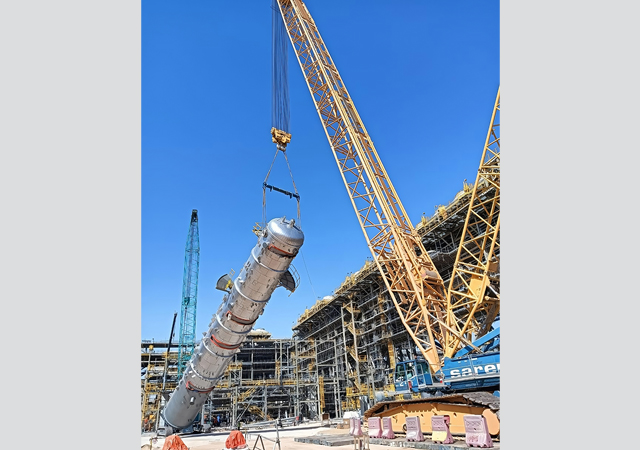
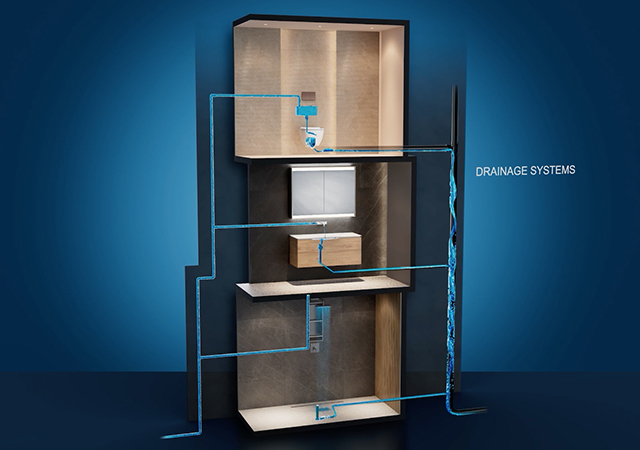
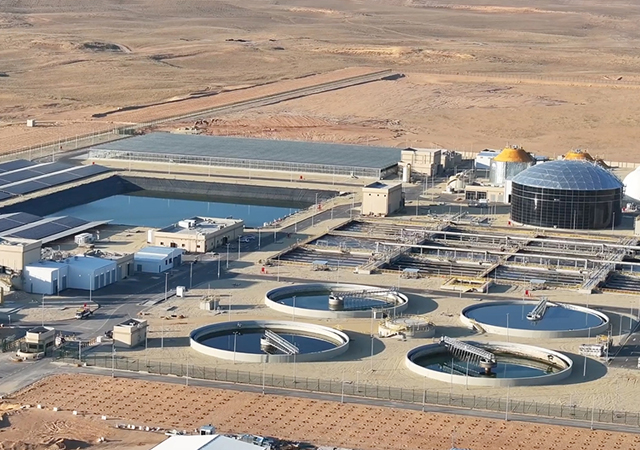
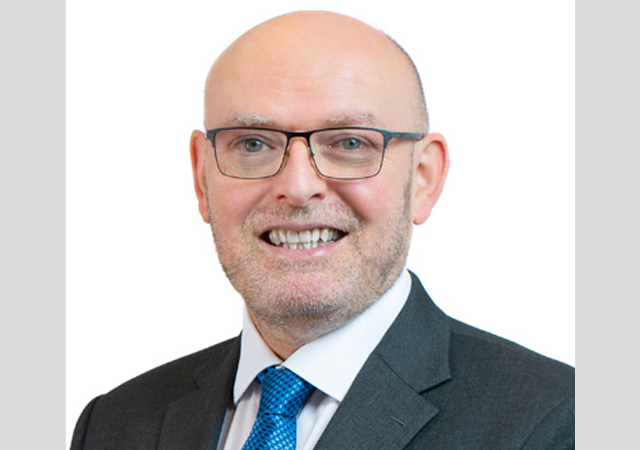
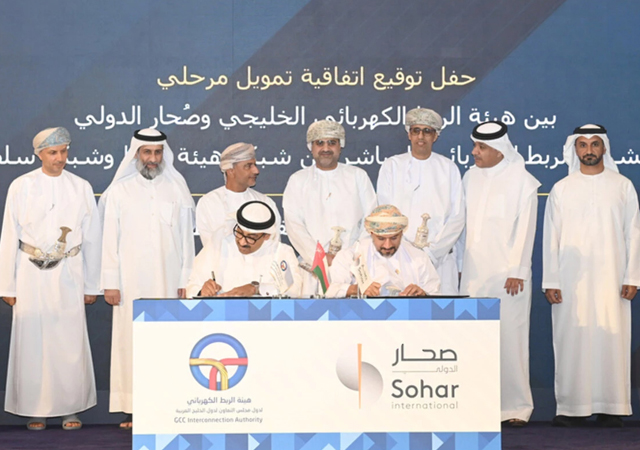
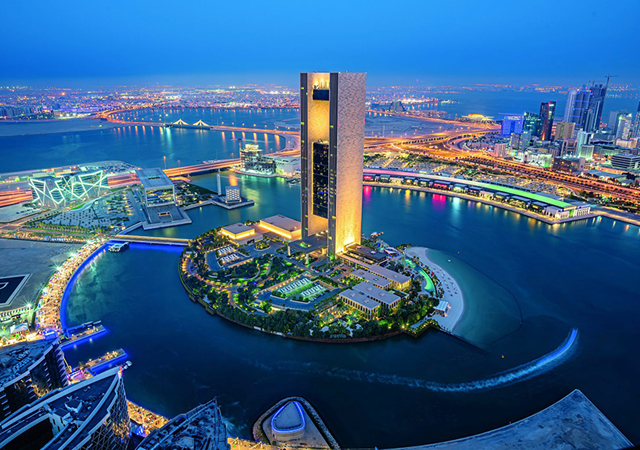
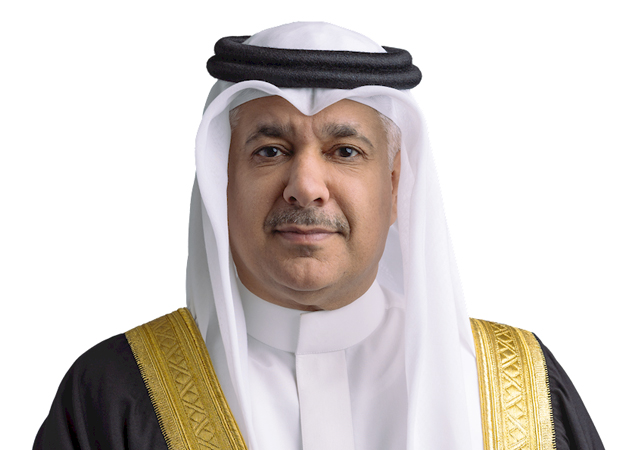



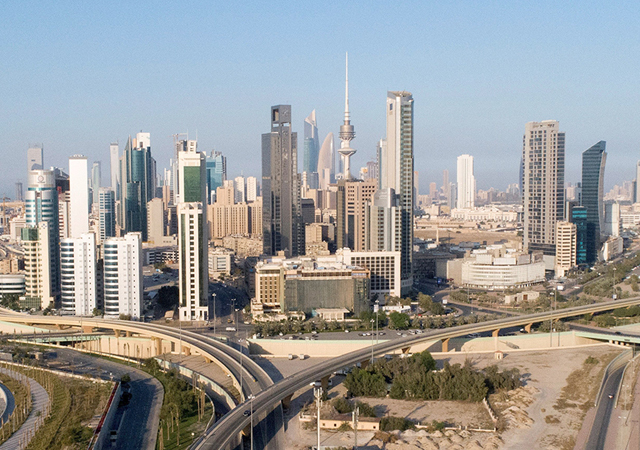
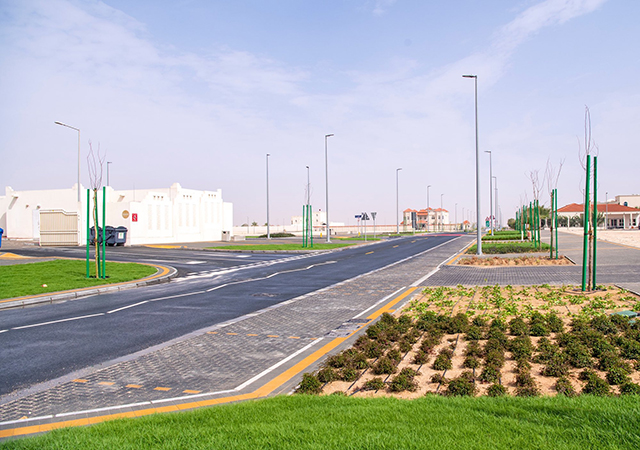

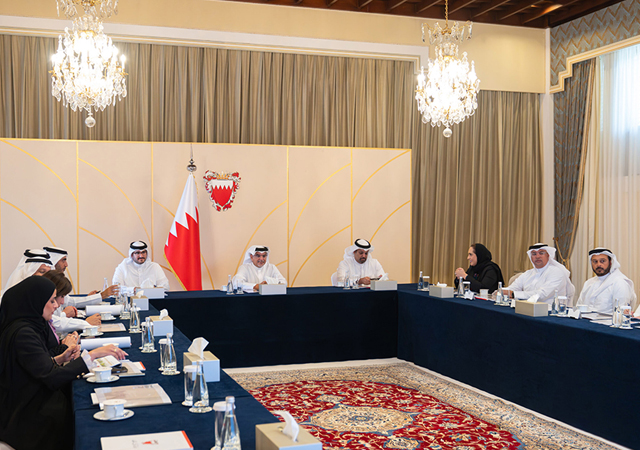



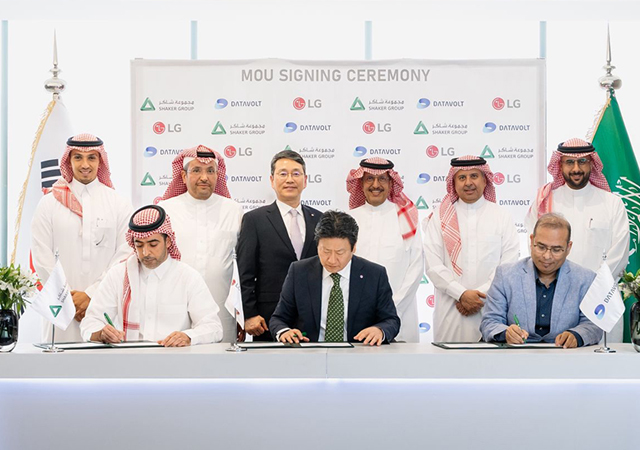
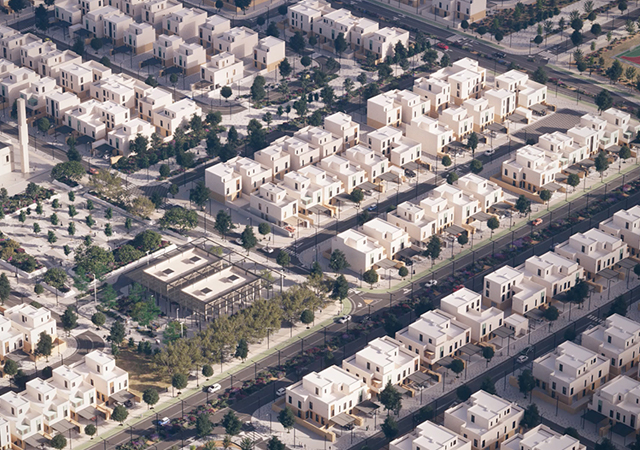
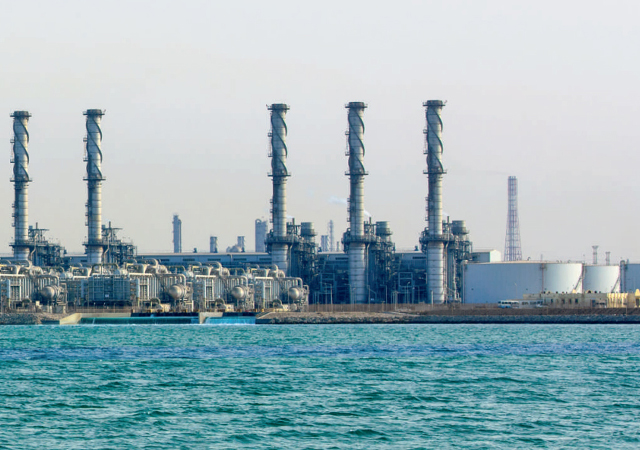
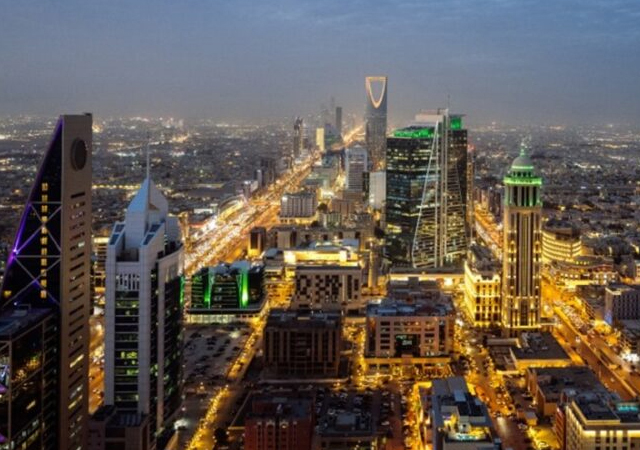
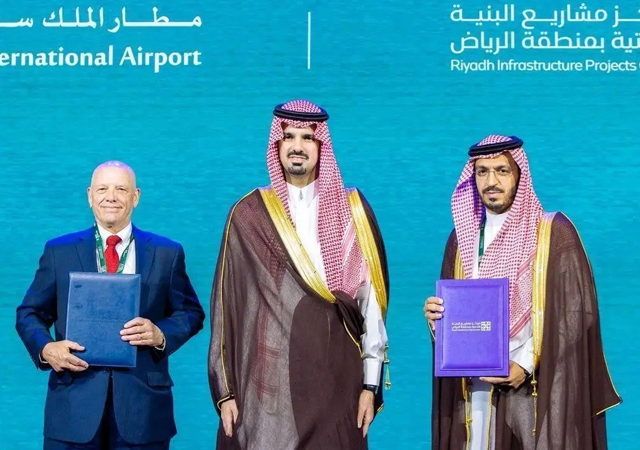

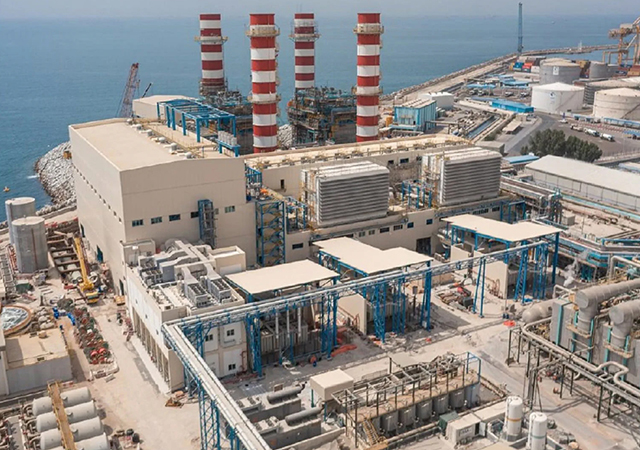


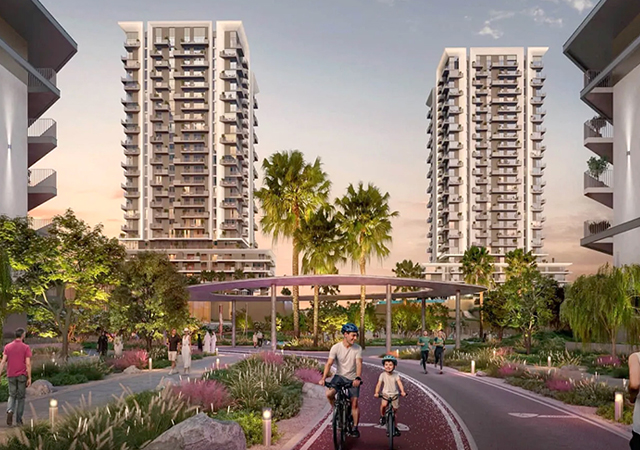
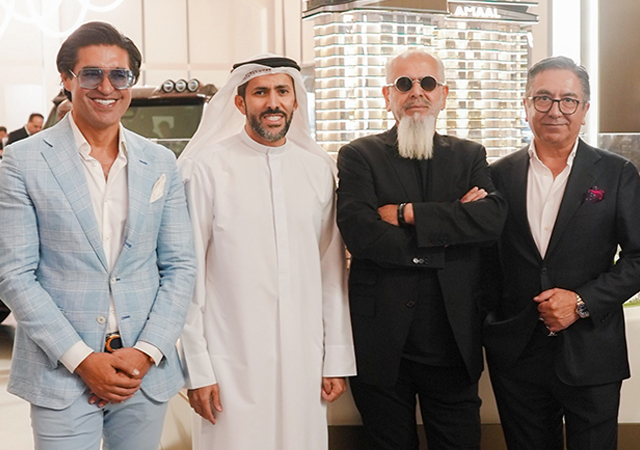
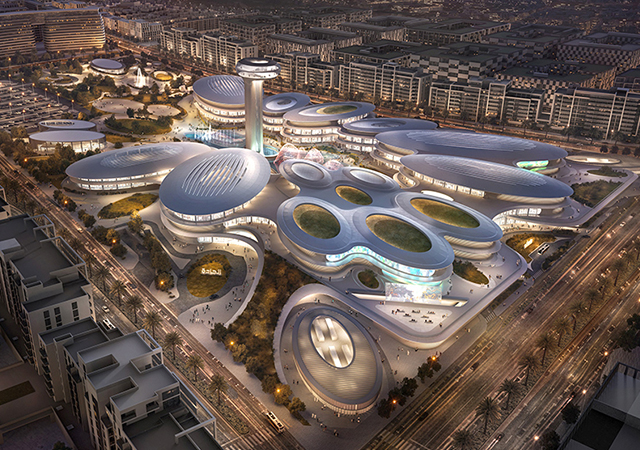

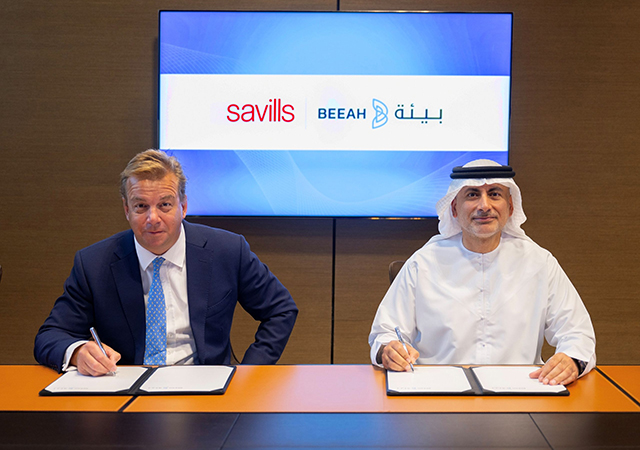
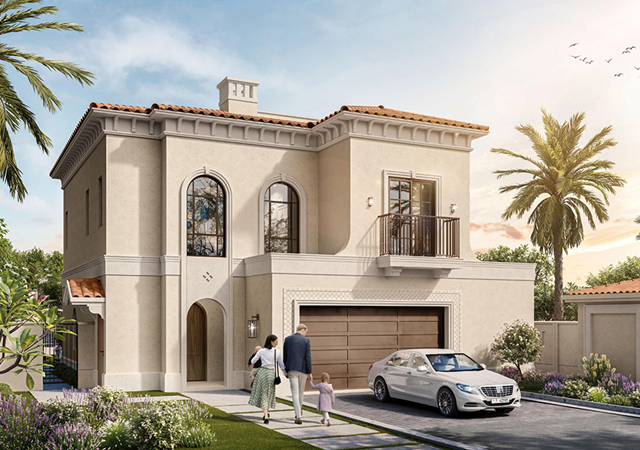
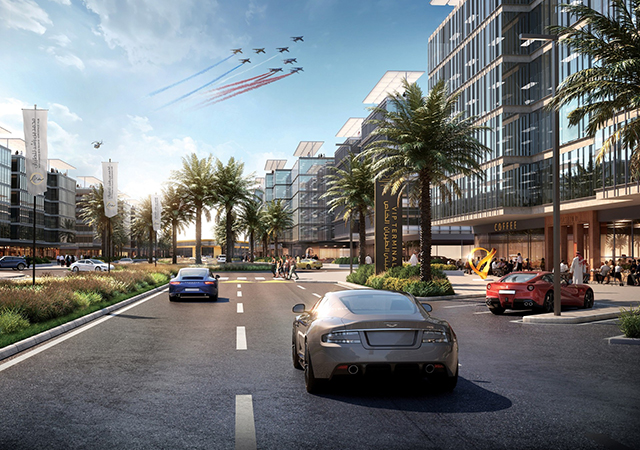

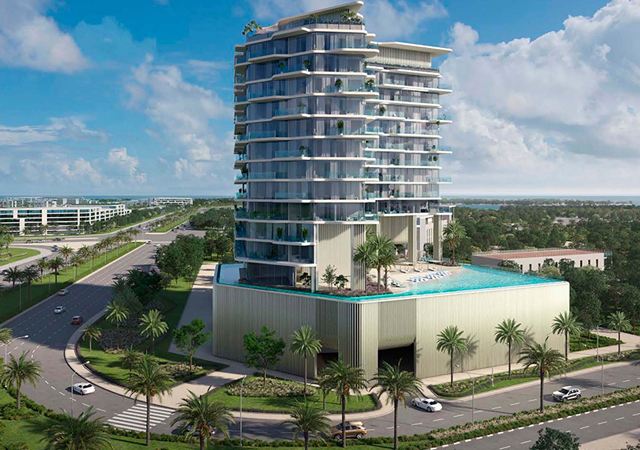
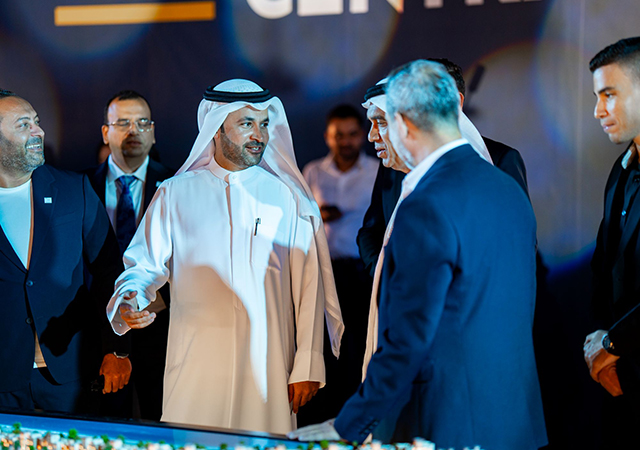
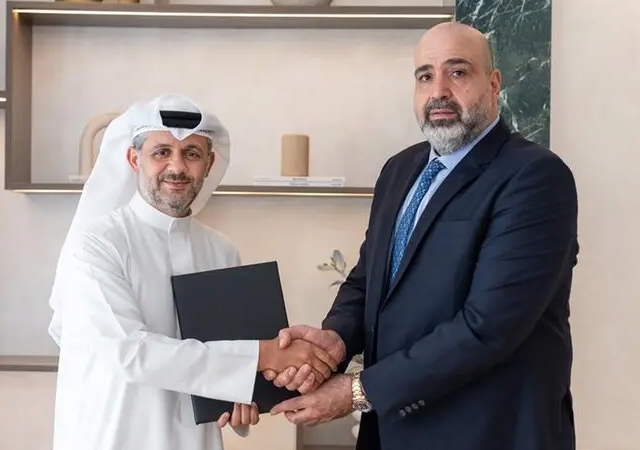
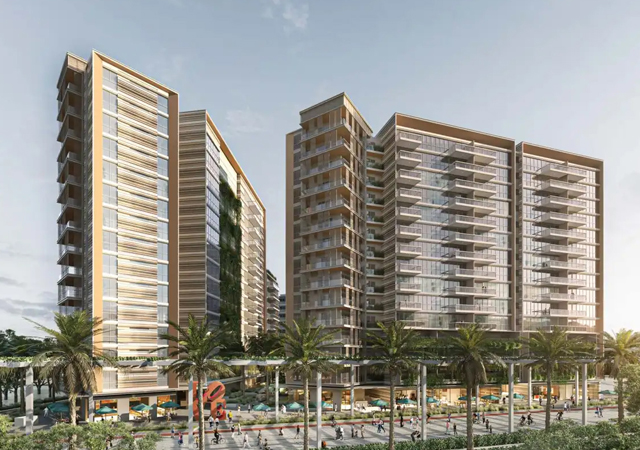
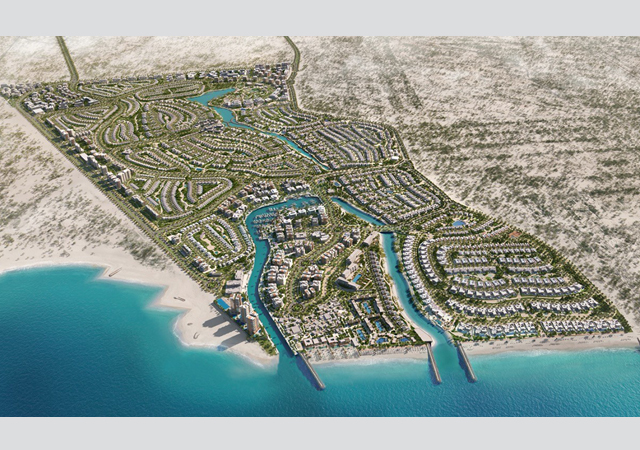
.jpg)
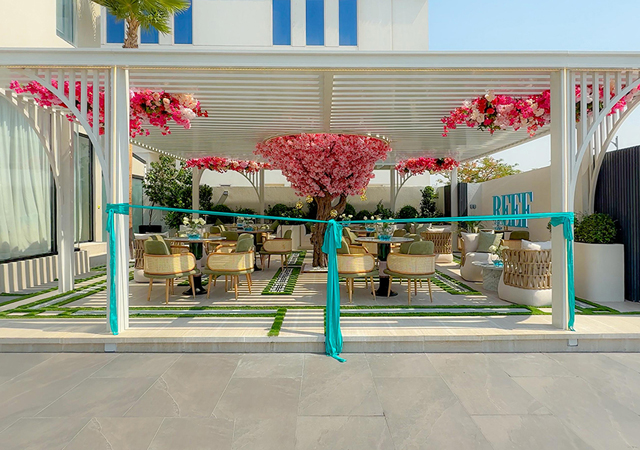
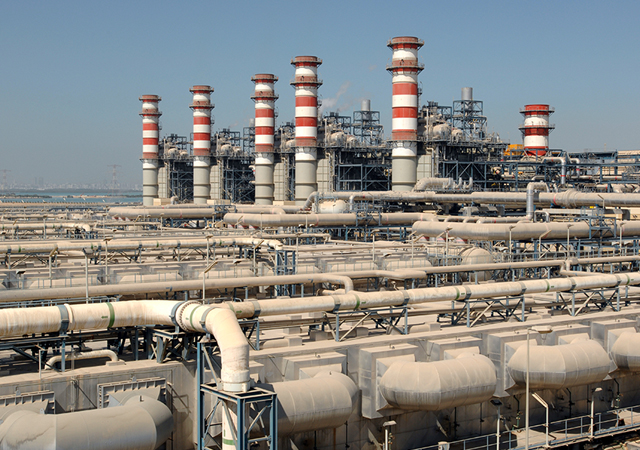
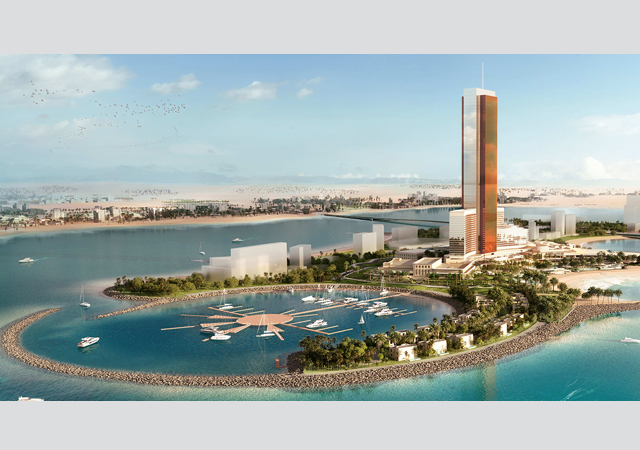
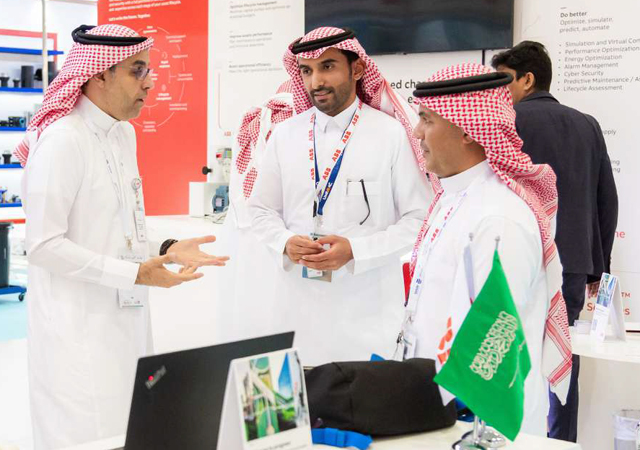
.jpg)

